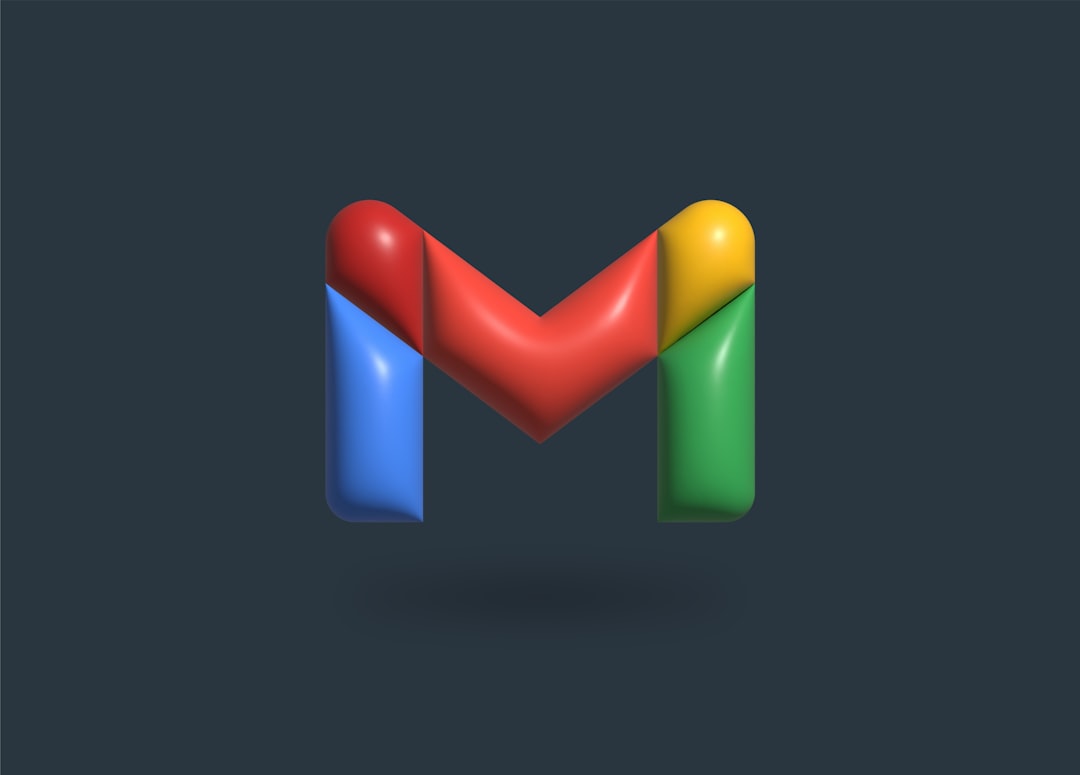Step-by-Step Fix for EmuDeck SD Card Detection Errors
So you’ve just installed EmuDeck on your Steam Deck. Everything looks great. But wait — your SD card isn’t being detected. Ugh! Don’t worry, we’ve all been there. Let’s walk through a fun and simple way to fix this issue. No tech wizardry required!
Step 1: Check the Obvious First!
Before diving into the nerdy stuff, let’s rule out the basics.
- Is your SD card properly inserted? Pop it out and put it back in. Gently!
- Is it formatted? EmuDeck likes SD cards in exFAT format. Not FAT32, not NTFS.
- Is your Steam Deck detecting the SD card at all? Go to the file manager and check.
If all of that looks good and you’re still stuck — keep reading!
Step 2: Re-run the EmuDeck Setup
Sometimes, EmuDeck just needs a little nudge. Re-run the setup wizard:
- Switch to Desktop Mode on your Steam Deck.
- Open the EmuDeck installer again. You should have it in your Downloads folder unless you moved it.
- Launch EmuDeck and go through the initial setup one more time.
- This time, carefully select the correct SD card as the install location.
That often fixes detection errors! Still not working? No worries, we’re not done yet.
Step 3: Manually Mount the SD Card
This sounds fancy, but it’s easy. Sometimes the system doesn’t mount the card right. Here’s how to fix it:
- Stay in Desktop Mode.
- Open the Dolphin File Manager.
- Look for your SD card in the left sidebar. It might say something like Primary or be named after your card.
- Click it. If it mounts, congrats!
- Try running EmuDeck again with the mounted card.
If it doesn’t mount, try rebooting your Steam Deck and repeat the steps. Still stubborn? Onward!
Step 4: Format the SD Card Correctly
Okay, it’s time to clean slate your SD card. WARNING: This WILL erase everything.
Use these steps:
- Open the KDE Partition Manager in Desktop Mode.
- Find your SD card on the left. Make sure it’s the right one! (Check size)
- Right-click, then select Delete.
- Right-click again, select New, and choose exFAT as the file system.
- Click Apply (green checkmark at the top).
Once formatted, re-run EmuDeck and select the SD card as your install location.

Step 5: Update EmuDeck
If you’re still stuck, maybe you’re using an older version of EmuDeck. Here’s how to update it:
- Go to EmuDeck.com.
- Download the latest installer.
- Reinstall EmuDeck over the old one — don’t worry, you won’t lose your settings.
This can iron out weird bugs, including SD card detection problems.
Step 6: Check Permissions
Still no luck? Time to check permissions.
- Open the file manager.
- Right-click your SD card and select Properties.
- Go to the Permissions tab.
- Make sure your user has Read and Write access.
If not, adjust it and hit Apply. Try EmuDeck again. Cross your fingers!
Step 7: Final Resort — Manually Make Emulator Folders
Hooray! You’re a power user now. If the EmuDeck setup won’t work, just make the folders yourself.
- Open File Manager.
- Navigate to your SD card.
- Create a folder named Emulation.
- Inside that, add subfolders like:
- roms
- bios
- saves
You can now manually add ROMs and point your emulators to these folders. Not ideal, but it works!

Victory Dance 🎉
There you go! One of those steps is bound to fix your EmuDeck SD card troubles.
Save your games. Load your ROMs. Let the pixel party begin!



